One team outperforms a team of teams
I spend a lot of time with teams – executive teams and departmental leadership teams all the way through to operational units. One differentiating factor between them all is simply cohesion.
I’m not talking about whether people get along, I'm talking about a one-team mentality. Coming together for the greater good of everyone else and putting team interests second.
My first experience of this was a skydiving team in the late 90s –colourful jumpsuits and all. But it wasn’t just our unwavering commitment to each other that kept us safe. It combined with our complete alignment to a single shared goal, a rigorous system for debriefing, and open, honest feedback. We went on to win gold at the British Championships.
Afterwards, I spent several years analysing exactly what made that team so special – and understanding whether it could be replicated in the workplace. It wasn’t all plain sailing, and I’ll be honest, the challenge is real. But believe me, the rewards are well worth the effort.
According to a study by McKinsey companies with leadership teams aligned on strategic priorities and working collaboratively towards common goals are 1.9 times more likely to achieve above-average financial performance than their peers.
Four very distinct types of leadership teams are easily identified, with each building towards what I see as the ultimate expression of cohesion. Think Red Arrows, Blue Angles or The RAAF Roulettes – that is precisely what One Team looks like. Trust sits at the very core. They put the team above all other interests, are clear on what they are all driving and striving for, they are accountable to each other and have a culture of continuous debriefing in order to learn and improve. It isn't just impressive, it’s the ultimate form of teamwork. And in the business world, these teams are the ones that consistently turn strategy into action and outperform expectations.
The good news is that there is a process that can reorientate teams. That can take them from focusing inwards, constantly in survival mode, living in the moment and dealing with issues as they arise, being single-minded about their department's interests and only fighting for individual causes over those of the wider team to become One Team, united in the pursuit of winning gold.
If you want to learn about the other three team types or assess how your team stacks up, let's connect and chat.


